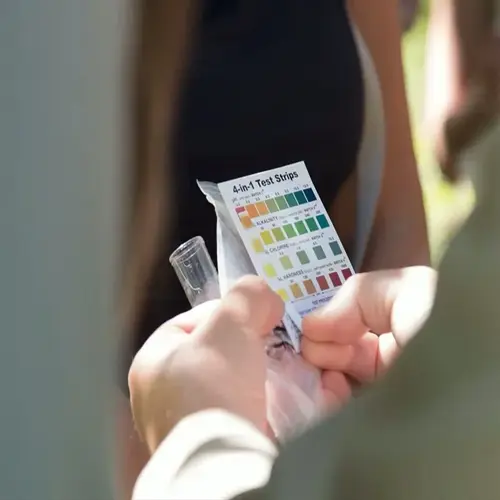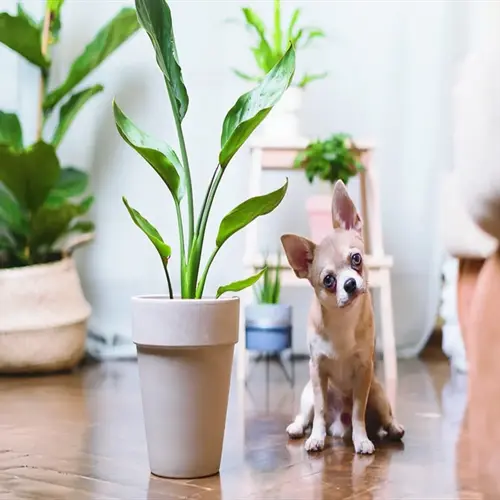How can I differentiate normal preening from harmful plucking?

Written by
David Smith
Reviewed by
Prof. David Walsh, Ph.D.Recognizing ordinary preening from harmful feather plucking spares birds from suffering. Grooming keep feathers in healthy condition naturally. Plucking destroys feathers in an insistent, maddening manner. I have seen owners confuse severe plucking with grooming, delaying precocious care. Understanding the difference can prevent permanent injury.
Length of time is the first clue. Healthy preening may last 10 to 20 minutes at a time on several occasions daily. The bird is relaxed and methodical in all its movements. Picking sessions may last over 30 minutes at a time. The bird concentrates intently at one point. The time factor is a valuable indication of trouble development.
Preening Indicators
- Smooth beak motions along feather shafts
- Occasional stretching during sessions
- Vocalizations like soft chirping
- Interruptible without agitation
Plucking Warning Signs
- Forceful pulling motions at feather bases
- Visible distress or aggression if interrupted
- Silence during extended sessions
- Targeting specific areas repeatedly
Physical proof supports the theories. Normal preening leaves the feathers in sound condition: plucking leaves, broken quills, and bald spots. Check the breast and wings for proofs. Skin irritation is observed at the sites where plucking has occurred. Feather piles beneath the cages are a sure sign of trouble.
The parrot owned by my clientele focused on its wing feathers when it was under stress. The actual sessions lasted up to 45 minutes. The parrot hissed upon being approached during the sessions, and this was in sharp contrast to its relaxed state of preening feathers. So once I identified these behaviors, I was able to intervene successfully.
Timely response matters when you see plucking. Get to an avian vet immediately. Remove all environmental stressors. Consider providing distraction toys. Review daily behavioral interaction sessions. Acting quickly prevents irreversible damage to the follicles. Your vigilance protects the health of feathers.
Maintaining a record assists in tracking your grooming progress. Record grooming sessions weekly, including the start and end times. Remind yourself to note the condition of the feathers. You should then provide data to your veterinarian. Having concrete evidence helps guide treatment options with some specificity in a way that is unique to your bird.
Read the full article: Understanding Bird Feather Plucking: Causes and Solutions

